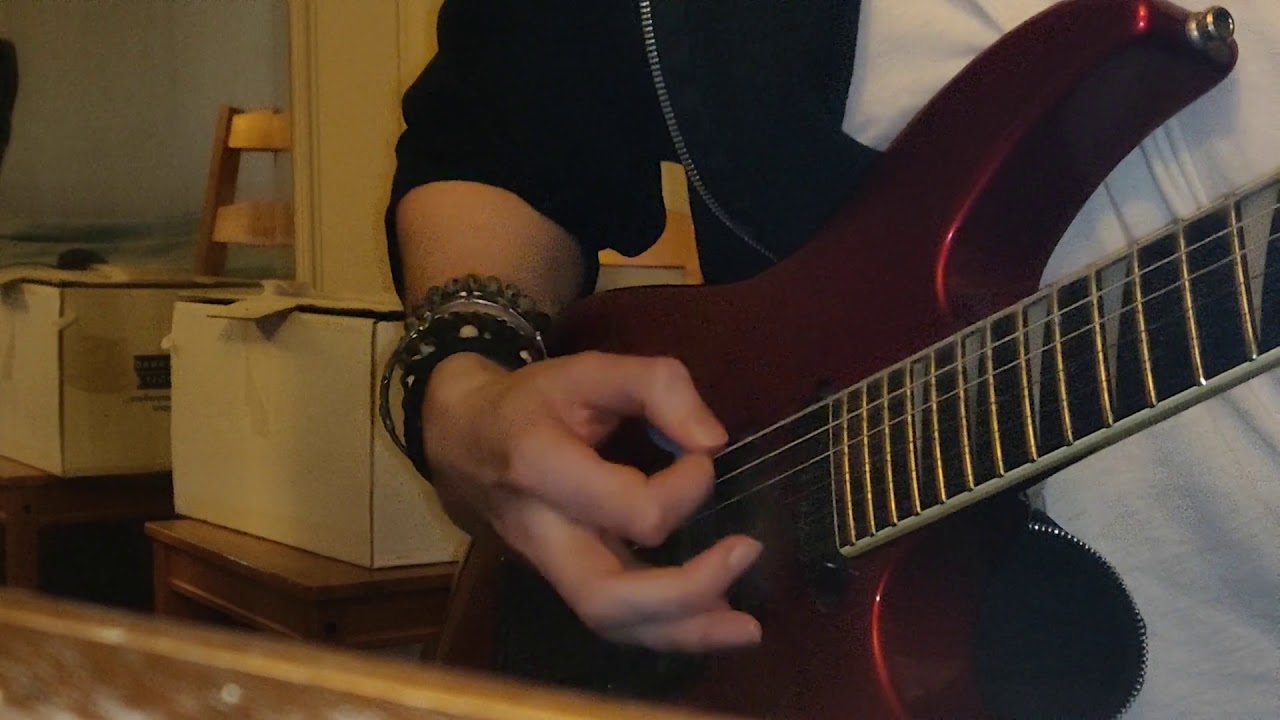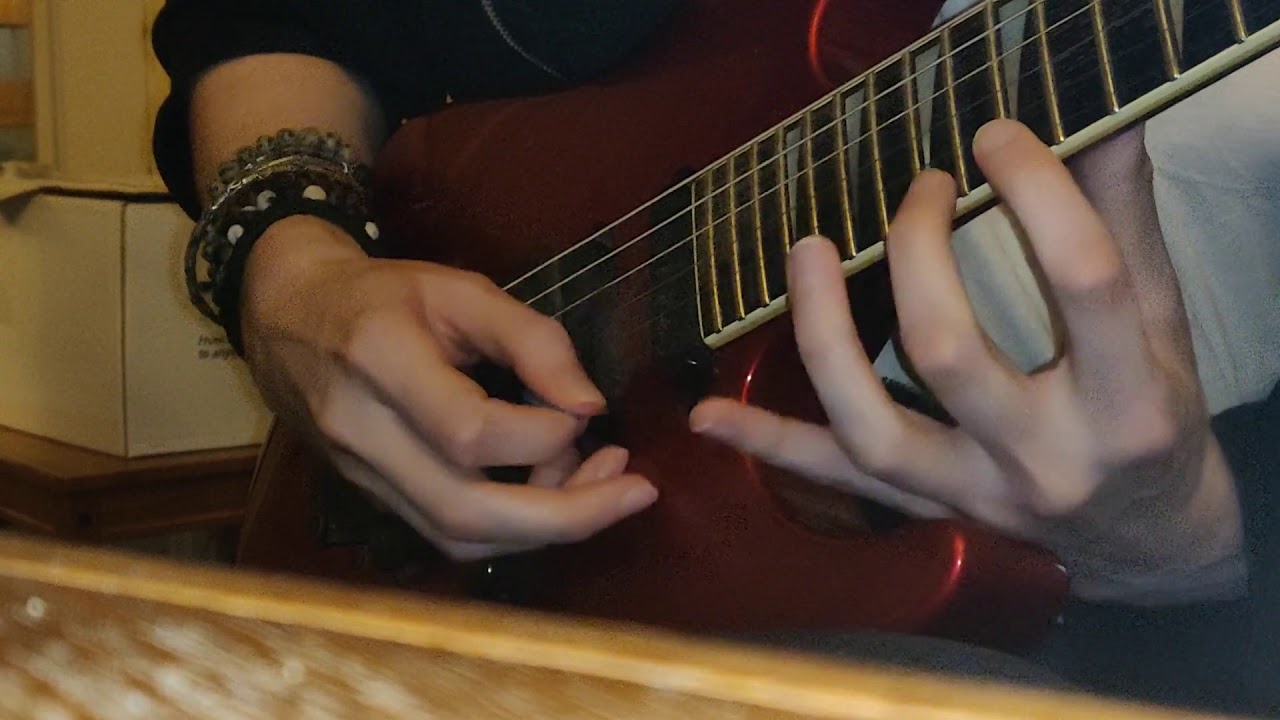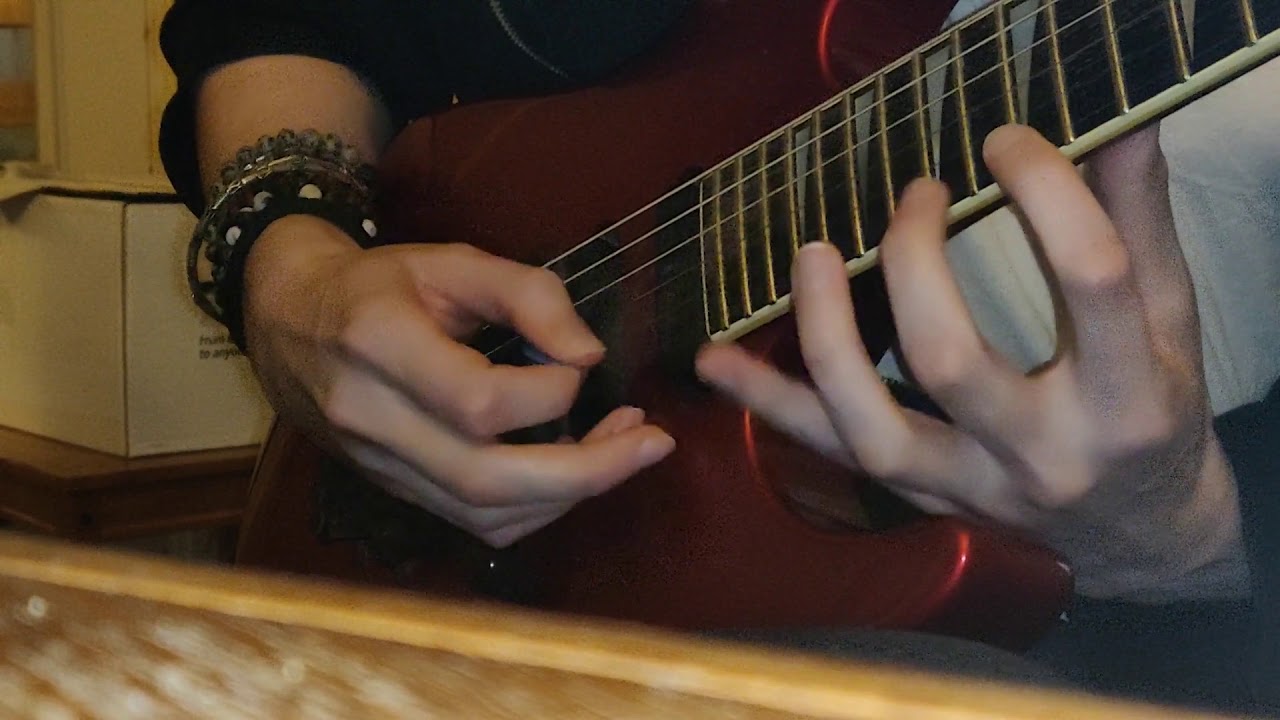Great playing. The chromatic stuff is killer, and the sixes are kind of fine too.
I summoned Tommo before listening, because I assumed you were going to play the main riff with the two-string pattern. But you’re doing sixes, so I’ll chime in on this.
Have you watched the Primer stuff yet? Your motion is USX, which means you can only use it when switching strings via upstroke. That’s why you hit the strings in the second clip. This motion can’t be used for doing ascending sixes on a pair of strings because it’s a single escape motion, and repeatoing ascending sixes on two strings requires both escapes.
I say “can’t”, of course, but you’re doing it and again it sounds kind of fine. The little blip of noise you hear on the third note is called swiping and it’s caused by hitting the muted high E string as you attempt to go over it. In a mix you’d never hear this. Hell. most people won’t hear this unless we point it out. So your approach here is actually one way to play this phrase with a single escape motion.
The overlapping multi-string sixes is actually a single escape lick so with your motion you have to start it on an upstroke, not a downstroke. That will fix the string changes.
Short answer, great playing. This motion looks and sounds fine to me and needs to be paired with USX phrases that use upstroke switching, like the chromatic lick in the first example or overlapping sixes starting on an upstroke.
If you have no idea what any of this stuff is that I’m talking about, that’s fine, check out the Primer and then revisit!









 ) but it’s within reach I think. Starting with an upstroke is really tricky.
) but it’s within reach I think. Starting with an upstroke is really tricky.